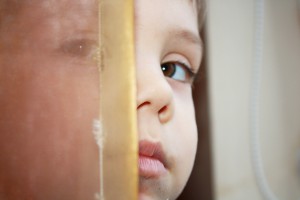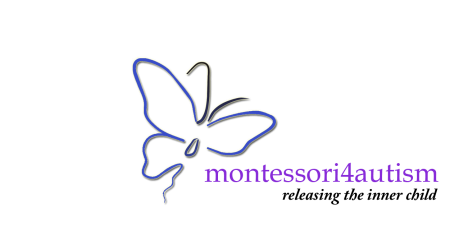Overlooking Potential
Overlooking Potential

At most of our public schools, the poorly defined “appropriate” special education is far from adequate because, rather than evaluating children against their potential, it sets a standard of progress that is so vague as to be meaningless. I firmly believe that the difference between “appropriate” and “optimal” has profound consequences for autistic children. In my opinion, depriving children with autism of their educational potential is a violation of their human rights.
Financially burdened schools will often cite limited resources as the main reason for not providing appropriate services for children with ASDavid However, the problem is in fact much deeper, arising in part from the inflexible and highly bureaucratic nature of public education. For them, the difference in not receiving an optimal education doesn’t boil down to the choice between an Ivy League college versus a community college, as it may be for a typical child. Children with autism, when deprived of an education based on their potential, are at risk of remaining fully dependent on their families later in life and needlessly becoming a burden on society. And society stands to lose many potentially productive members and suffer serious consequences from the autism epidemic that has emerged over the past decade.
The challenge of educating ASD children is significantly complicated by the heterogeneous nature of the disorder. Children with autism can vary dramatically in the severity and manifestation of their symptoms, and therefore presumably in the specific combination of therapeutic and educational approaches for most effectively treating their condition. There is widespread agreement that an ASD child needs a highly individualized and intensive educational model, but I would argue that it is not possible to apply such a model effectively within the constraints of public school systems, where instruction is geared to average students.
Parents of ASD children are rightly dismayed to discover that public schools often
- lack an adequate understanding of the complexity and heterogeneity of autistic spectrum disorders
- ignore many scientifically derived recommendations from the National Academy of Sciences (see “Educating Children with Autism
” by the National Research Council), and
- adopt an inflexible, antagonistic stance when challenged by parents in their efforts to improve things.
To be clear, there are many committed and talented special education teachers and therapists working for public schools, but their efforts are often overshadowed by administrative bureaucracies dedicated more to self-preservation than serving the children in need.
Another important limitation of public schools is that they widely use language-based instruction as their main teaching method, while language is, of course, a critical functional deficit of many ASD children (although not children with Asperger’s syndrome).
Moreover, the average public school doesn’t necessarily prepare for real life, and does not teach many self-care and life skills that are sorely missing in ASD children.
These children find themselves falling more and more behind, and instead of investing extra effort in pulling them up to the standard, the school district keeps simplifying the goals and increasing accommodations. With these “dumb-down” accommodations, the children are constantly marginalized, and yet they are being moved up and even graduate from high-school while hardly demonstrating appropriate knowledge, independent thinking or life-skills.
